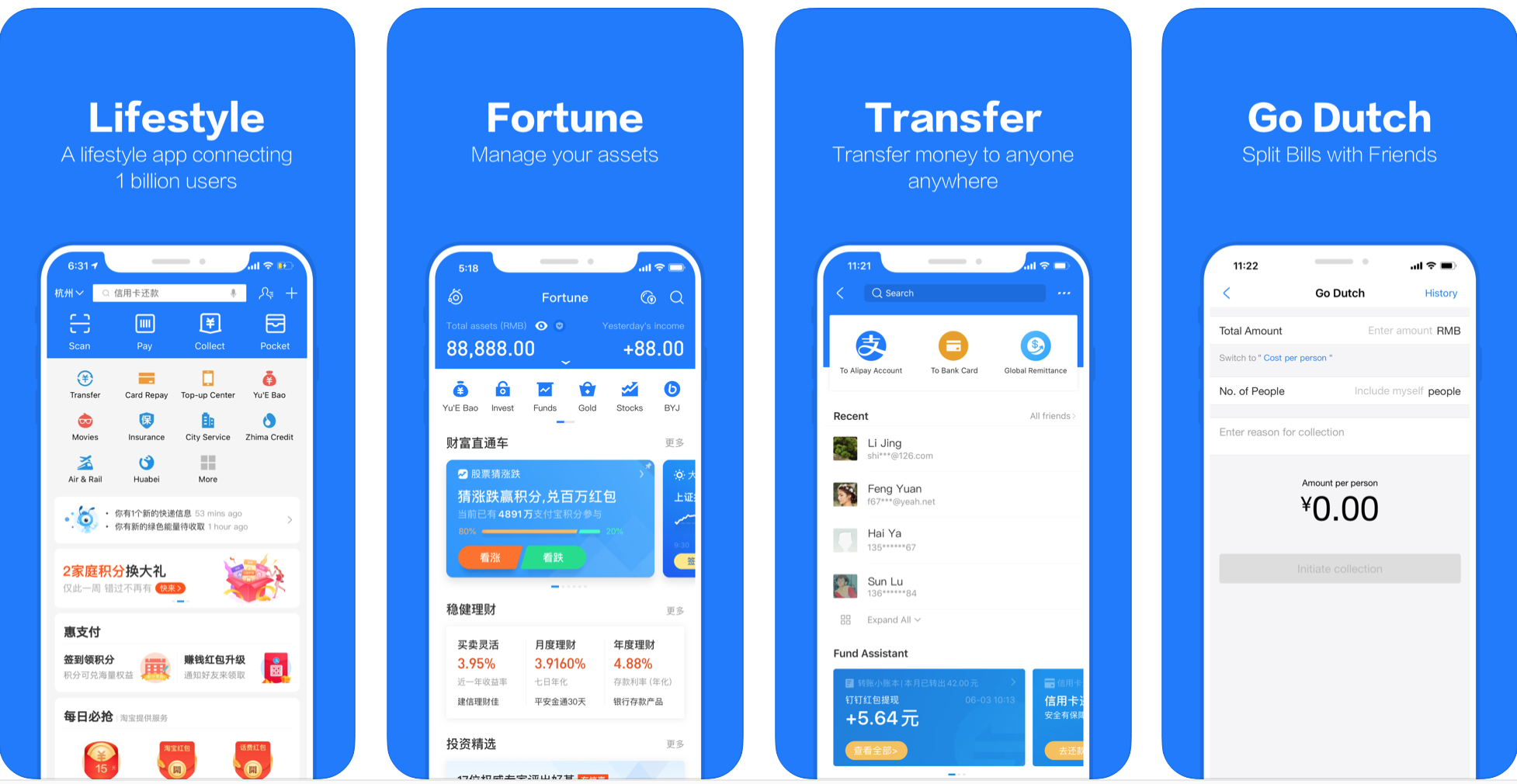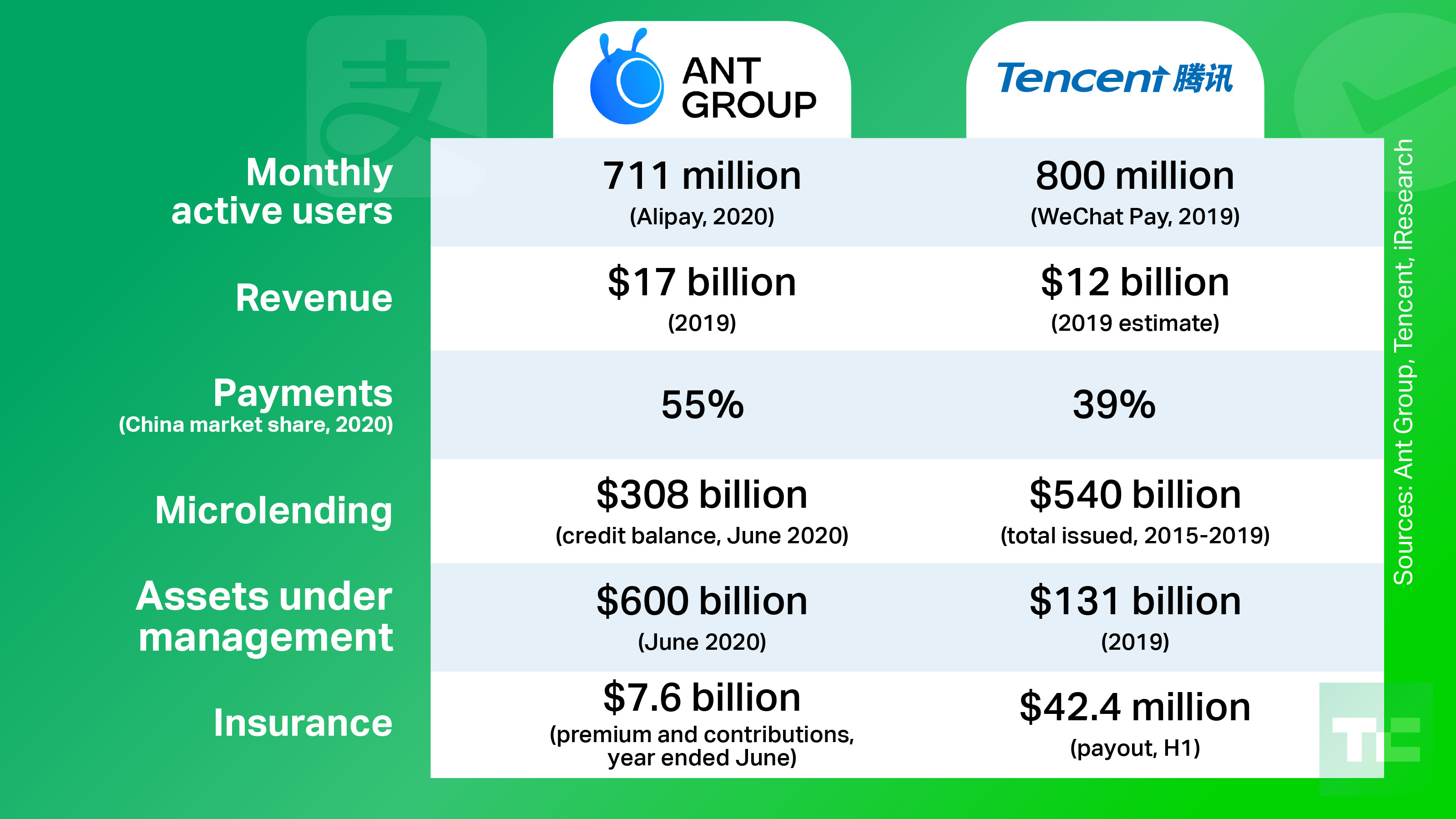Brynn Putnam has a lot to feel great about. A Harvard grad and former professional ballet dancer who opened the first of what have become three high-intensity fitness studios in New York, she then launched a second business in 2016 when — while pregnant with her son — she was exercising at home and couldn’t find a natural way watch a class on her laptop or phone. Her big idea: to install a mirrored screen in users’ homes that’s roughly eight square feet and through which they could exercise along to all manner of streamed and on-demand exercise classes through a subscription package costing just $39 per month.
If you’ve followed the home fitness craze, you may know already that idea, Mirror, quickly took off with celebrities, who gushed about the product on social media. The company also attracted roughly $75 million in venture funding across several fast rounds. Indeed, by the end of last year, people had bought “tens of thousands” of Mirrors, according to Putnam, and she was beginning to envision Mirror’s as content portal that might feature fashion, enable doctor’s visits, and bring both kids classes and therapy into the home, among other things. As she told The Atlantic back in January, “We view ourselves as the third screen in people’s homes.”
Then, in June, the company sold for $500 million in cash — including a $50 million earn-out — to the athleisure company Lululemon. For Putnam, the deal was too compelling, allowing her to secure the future of her company, which continues to run as a subsidiary. Investors might have liked it, too, given that it meant a fast return on their investment, not to mention that Mirror had steep competition, including from Peloton, the biggest giant in the home fitness market.
Still, as the pandemic has raged on, it’s easy to wonder what the young company might have become, given the amount of time that people and their children are spending at home and in front of their screens. As it happens, that’s not something about which Putnam says she spends time worrying about, including as Lululemon begins to put more muscle behind Mirror — which Putnam is still running with a 125 employees.
Just today, for example, Lululemon announced that it is installing Mirrors in 18 of its now 506 U.S. locations, including in San Francisco, Washington, D.C., and Miami. Lulemon hasn’t start selling products directly through Mirror yet but “shoppable content” is “certainly on our radar,” says Putnam. And the company’s revenues, expected earlier this year to reach $100 million, and now on target to surpass $150 million revenue, she says.
We talked with Putnam late week about life at Lululemon, what could have been, and what will be in a chat that’s been edited lightly for length. (You can listen to the full conversation here.)
TC: People who follow the company know why you started Mirror, but how, exactly, did you start Mirror?
BP: In the case of Mirror, I had this concept for the product, and then really, the first step was buying a Raspberry Pi, a piece of one-way glass, and an Android tablet, and assembling it in my in my kitchen to see if this idea in my mind would be able to work and come to life.
TC: Did you take any coding classes? People might not imagine that a former ballet performer with a chain of fitness studios would put something together like that in her kitchen.
BP: No, I’ve been very fortunate to have a husband who has a bit of a development background. And so he helped me to put the first little bit of code into the Mirror and just really ensure that the concept I had in my mind could be brought to life. And then from there, obviously, over time, we hired a team.
TC: Are they manufactured in the States? In China? How did you start figuring out how to put those pieces together?
BP: I had heard a lot of hardware horror stories about teams working with design agencies to design these beautiful products and who, by the time they actually got to manufacturing, found out that something wasn’t feasible about their design when it came to commercialization or just running out of money in the process. So I actually went backwards. I drew a sketch on a napkin and did a small set of bullets of the things that I thought were really just crucial to make the product a success. And then I went to find factories in China that were familiar with digital signage, working with large pieces of glass, large mirrors, learned about their systems and processes, and then brought it back to the U.S. to a local manufacturer here on the East Coast to refine into a prototype. And then we eventually moved to Mexico when we were ready to scale.
TC: The mirror is about $1,500 dollars. How did you go about winning the trust of consumers that would lead them to make such a sizable investment?
BP: When you’re when you’re building an innovation product, you can’t really compete on specs and features like you do with phones or laptops. So you’re really building building a brand, which means that you’re telling stories. And in our case, we spent a lot of time, from the very early days, really imagining the life of our members and figuring out how to craft that story and tell that story.
And then we were fortunate early on to have members fall in love with the product. And then they started to tell our story for us. So once you have that customer flywheel that starts to kick in, your job becomes much easier.
TC: You had actors, celebrities, designers, and social media influencers talking about their Mirrors. Was it just a matter of sending it off to a few people who started getting online and sharing [their enthusiasm for the product] with their followers? Was it that simple?
BP: We knew that we wanted to make big bets early on to make the Mirror brand seem larger and more established than it was, because it’s a premium product in a new category. And we wanted people to trust in us and the brand. And so we did things like out-of-home advertisements quite early, we moved into television quite early, and we also did some very strategic early celebrity placements. But the way in which the celebrity placements grew and expanded was very much not intended and was just kind of a fascinating early example of the network effects of the product. One celebrity would get it and then another would see it in their home. Or they would see it in their stylist’s home or their agent’s home. And it spread through that community very, very quickly in one of the earliest examples of member love for us.
TC: How did you convince early adopters that your business had staying power, and were investors persuaded as quickly?
BP: Trying to assure customers that they wouldn’t invest in this Mirror, and then the company would go out of business in a few years and they would be they’d be left with a piece of hardware but no access to the content or the community that they’d fallen in love with was very important. It was one of the factors in deciding to partner with Lululemon and have the incredible brand stability and love of such a premium global brand.
In terms of fundraising, I think we were we were really fortunate to have a product that once you saw it, you got it and fell in love with it in a market that was clearly big and growing, with a really good competitive data point in Peloton.
TC: Who started that conversation with Lululemon? Were you talking to Peloton and other potential acquirers?
BP: I’ve been really fortunate to actually work with Lululemon for my entire fitness career. There was a team of Lululemon educators here in New York who were the very first clients of my studio business, and frankly, in many ways were responsible for helping that business to grow and thrive and to give me confidence as a first-time small business owner. Then we reconnected with Lululemon about a year before the acquisition as an investor; they made a small minority investment in the company. And we began to work together on various projects . . .From there, really, the partnership just grew. Mirror was not for sale. We were not looking for an acquirer. But it’s really your responsibility as a founder to always be weighing your vision, your responsibility to your team and your responsibility to your shareholders. And so when the opportunity presented itself — before COVID actually — it felt like really just too good an opportunity to pass up.
TC: But you also you had ambitions of turning this into a much broader content portal where you would maybe have doctor visits and other things, which I would think won’t happen now.
BP: The vision for Mirror very much remains the same and we’re excited to continue to expand the types of content that we offer via the Mirror platform, really with an eye toward any type of immersive experience that makes you a better version of yourself. So I think you will see a broader range of content from us in the coming years.
TC: You’ve mention in the past as a selling point that Mirror is a product that’s used by families. Is there children’s programming or is that coming soon?
BP I think one of the things that surprised us but delighted us about Mirror has been the number of households that have over two members. More than 65% of our households have over two members, which means that you’re often getting younger members of the household involved. I do think that is a function of both the versatility of the platform and the fact that multiple people can participate in more content. At the same time, we’ve actually seen the number of users under 20 grow about 5x during the COVID months as young adults have returned home to be with their their families or teenagers have started doing remote schooling. So we’ve leaned into that with what we call “family fun” content that’s designed to be performed by the whole family together.
TC: Do you see a secondary market for refurbished Mirrors in the future? Will there be a second version, if there isn’t already?
BP: We’ll obviously continue to to refine the hardware over time, but the real focus of the business is through improving the content, community and experience, and so for us — unlike Apple, where the goal is to really release a new model every year and continue to have folks upgrade the hardware — we focus on providing updates via the software and the content, so that we’re continuing to add value onto the baseline experience.
TC: What can people look forward to on this front?
BP: We’re taking a major step toward building a connected community through our community feature set launching this holiday, including a community feature that enables members to see and communicate with each other and their instructor; face offs that allow members to compete head-to-head against another member of the community and earn points as you hit your target heart rate zones; and friending, so you can find and follow your friends in the Mirror community to share your favorite workouts, join programs together and cheer each other on.
TC: Are you still selling Mirrors to hotels and business outside of Lululemon?
BP: We do have b2b relationships. You can find mirrors in hotels, small gyms, buildings, residences, and then obviously direct-to-consumer through the Mirror website, the Lululemon website, and both of our stores
TC: When you look at Peloton now and how its stock has completely exploded this year, do you think ever that you should have hung on a little longer? Do you ever think ‘maybe I sold too soon?’
I’ve woken up every day really for my entire career kind of focused on the same mission but trying to solve the problem and achieve my vision and in different ways. Which is: I really believe that confidence in your own skin is the foundation of a good and happy life. And fitness is an incredible tool for building that confidence that carries over into your personal relationships, your work performance, your friendships. And so for me, that’s always really been the North Star, which is, ‘How do we get more Mirrors into more homes and provide more access to to that self confidence?’ So I spend very little time comparing to competitors and much more time focused on our members’ needs and how to meet them.











